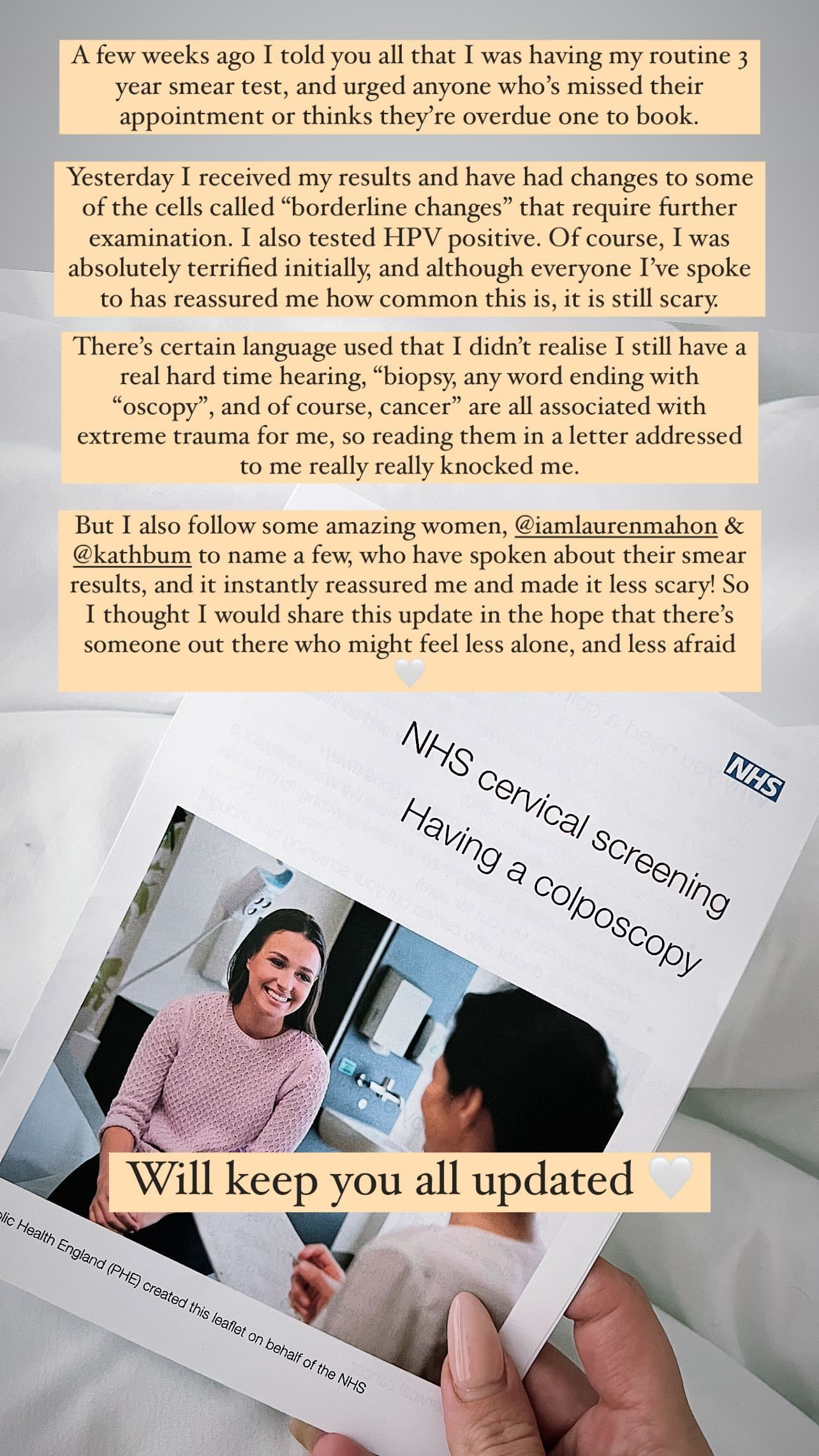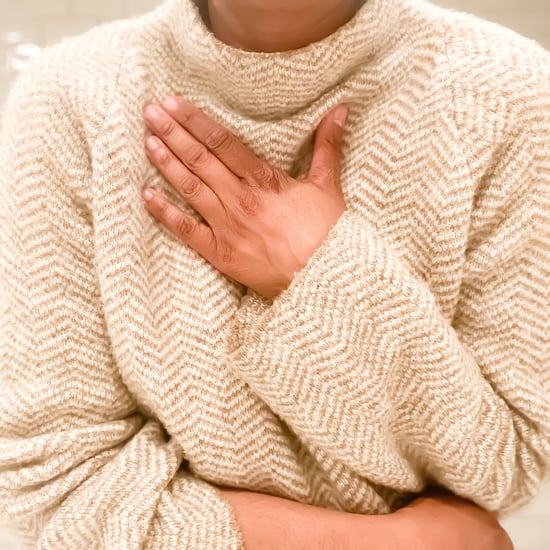How Is HPV Spread?
Here's What to Know About HPV and How It's Spread
 Image Source: Getty
Image Source: Getty
Love Island's Shaughna Phillips has announced that she has tested as HPV positive following a routine smear test. The 28-year-old, who appeared on the sixth series of the show tweeted: "Had my results back yesterday, I tested positive for HPV and have had borderline changes to some cells that require further examination. I'm scared but that's okay. Thank god for screening. Ladies, book your smears." Since telling her followers, she has also explained that she has come off the contraceptive pill to get to know her body more and has been inundated with reassurance from fans.
 Image Source: Instagram User @shaughnaphillips
Image Source: Instagram User @shaughnaphillips
Research suggests that up to 85 percent of women who are sexually active will be exposed to human papillomavirus (HPV) in their lifetime, but like other sexually transmitted infections, it still carries a bit of a stigma. As an ob-gyn, the first question I'm usually asked by patients is, "How did I get it?" To understand why HPV is so common, you first need to know the basics, including how it's spread.
What Is HPV?
HPV is a sexually transmitted infection that often has no symptoms. There are many strains of HPV, ranging from low-risk to high-risk, some of which can cause cervical, anal, mouth, and throat cancers. HPV can also cause genital warts, and the virus to blame for most abnormal Pap tests — but despite this ominous list of complications, the virus usually heals on its own, typically within one to
two years, before it can cause any problems. In fact, nine out of 10 cases of HPV resolve this way.
That means that the vast majority of people who test positive for HPV will experience no repercussions, though I always encourage my patients to help strengthen their immune systems to fight the virus by getting regular exercise, eating a healthy, plant-based diet, working to reduce stress, and prioritising sleep. Of course, trying to limit your exposure to HPV is important, too. If you do test positive, it is likely you will be monitored over the next few months. If the infection doesn't resolve, your doctor will advise the next steps which could involve a procedure to remove the abnormal cells.
How Is HPV Spread?
Though there are many strains of HPV, there are roughly 40 that are sexually transmitted. Unlike some other STIs, HPV is transmitted through skin-to-skin contact. This means that, while using condoms can reduce your risk of contracting HPV, it doesn't eliminate it. HPV can also lie dormant in your system for months or years, so unless you've only had one partner, it can be difficult to pinpoint who gave you HPV. That's especially true of the strains that can lead to abnormal Pap tests, because men cannot be tested for those types of HPV and most are asymptomatic.
Can You Get HPV Without Having Sex?
Yes. Because HPV can be transmitted skin-to-skin, you can contract it even if you only make contact with your mouth or hands. Of course, it can also be transmitted through penetration, which is why condoms can reduce your risk of HPV, along with other STIs. Research shows that sex toys can also harbour traces of the HPV virus even after they've been cleaned — so, if you're sharing sex toys, put a condom on that, too.
The best way to prevent HPV is to get the vaccine. It's a series of two or three shots that can be given to boys and girls starting at age 11. In 2018, the guidelines were expanded to include adults up to age 45. It's important that you also see your ob-gyn annually — this is the most effective way to catch early signs of HPV, like genital warts or an abnormal Pap. While a lump or bump isn't always a genital wart, treating the ones that are can help prevent the spread to other areas of your body or a partner.







